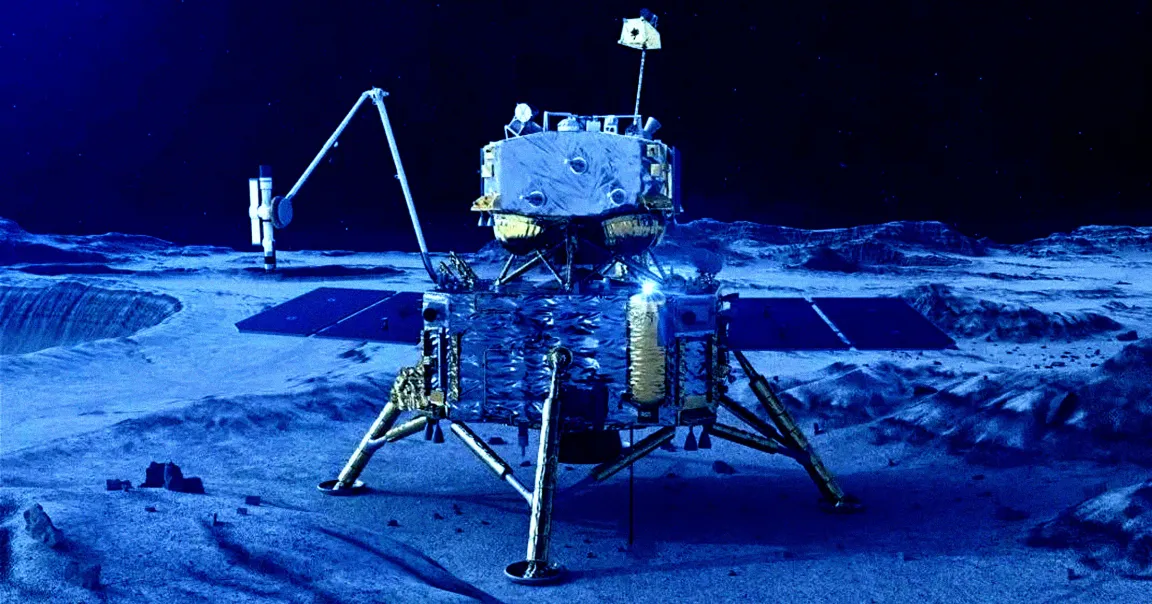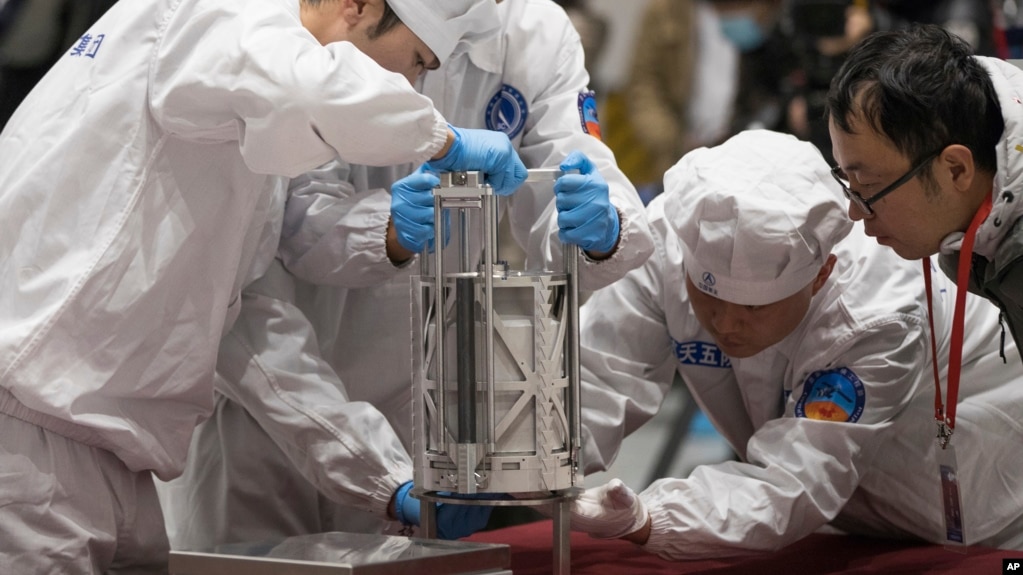
It’s the first time CI chondrite was observer on the Moon, suggesting that volatile-rich asteroids — which are very porous, with hydrated minerals making up to 20 percent of their mass — can make it all the way to the lunar surface.

This means that astronauts may not be tied to visiting the lunar south pole on future missions to acquire water. Instead, they may be able to find water everywhere on the Moon.

New research shows the early lunar crust which makes up the surface of the Moon was considerably enriched in water more than 4 billion years ago, counter to previously held understanding.

According to a new analysis of lunar craters, these pocks and divots that mar and characterize the lunar surface are too young for the long-term retention of ancient reservoirs of water ice.

Hawaian researchers discovered that high energy electrons in Earth's plasma sheet are contributing to weathering processes on the moon's surface and the electrons may have aided the formation of water on the lunar surface.

Scientists report they have discovered water in materials collected during a Chinese moon mission. The water is in extremely small glass beads that were found in the dirt where many meteorites have hit the moon.

A new analysis of dust retrieved from the Moon suggests that water bound up in the lunar surface could originate with the Sun.

There is as much as 120 parts per million of water (as hydroxyl and/or H2O) in the lunar regolith, new data from the lander of China’s Chang’e-5 lunar probe has revealed.

NASA has confirmed, for the first time, water on the sunlit surface of the Moon. This discovery indicates that water may be distributed across the lunar surface, and not limited to cold, shadowed places.